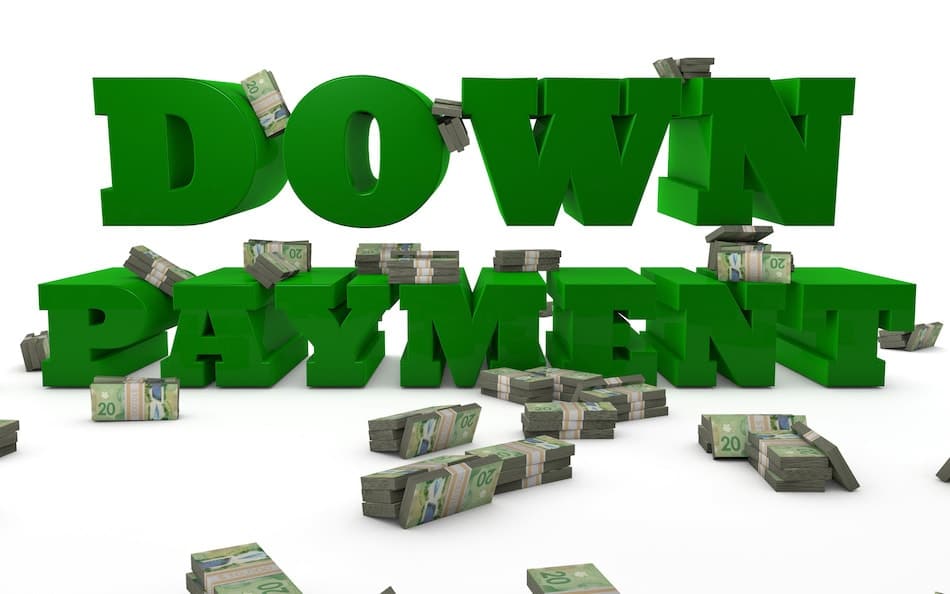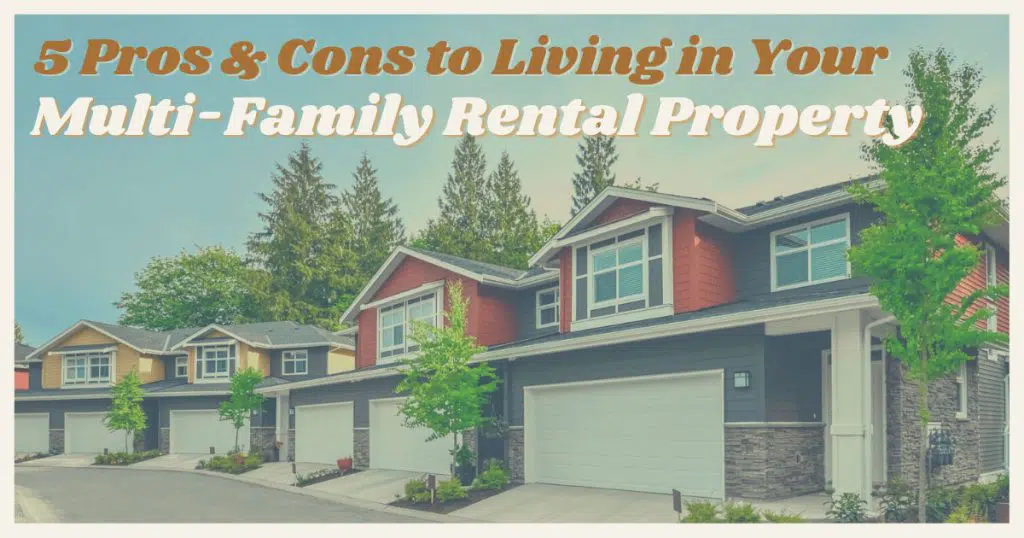
A Closer Look at the Down Payment
 When you buy a home, your lender will typically require a down payment. Although the tradition is to pay 20 percent, you may have other options if you cannot put this much down on a home.
When you buy a home, your lender will typically require a down payment. Although the tradition is to pay 20 percent, you may have other options if you cannot put this much down on a home.
With the answers to these questions, you will know which programs allow smaller down payments, and what types of funds you can use.
Every situation is unique – speak with your real estate agent, lender and/or a financial advisor to see what kind of down payment would work best for your current financial status.
Why Do Lenders Require a Down Payment?
Whenever you make a large purchase, the entity selling it to you (or loaning you the money to buy it) wants to be sure that you are really invested in the purchase.
You have likely heard the adage, “Easy come, easy go”. The premise behind the down payment is that if you invest a portion of your own money into the purchase of a home, you will feel more committed to taking good care of it and making your monthly payments on time. The standard down payment for a home has been 20 percent for many years. Many requirements for the mortgage, such as the obligation to pay for private mortgage insurance (PMI), are based on that 20 percent down payment guideline.
What Happens If I Can’t Make a 20 Percent Down Payment?
There are plenty of home buyers who may struggle to make a 20 percent down payment. If you want to buy a $200,000 home, a 20 percent down payment is $40,000. This may be very easy to achieve if you already own a home you plan to sell, and you have at least $40,000 accrued in equity. However, if you are trying to enter into homeownership, that $40,000 might be too much.
If you cannot make a 20 percent down payment, there are mortgage options you can consider that call for a smaller down payment. With some mortgage loans aimed at specific categories of buyers, you could possibly get a loan with no down payment at all. However, if you make a lower down payment on a mortgage through a traditional lender, you may have to pay for PMI (Private Mortgage Insurance).
Are There Reasons I Might Not Want to Pay 20 Percent Down?
The most obvious reason you would not make a 20 percent down payment is that you do not have the money to do so. First time home buyers often find themselves in this predicament, and this is why many mortgage programs aimed at first time home buyers include a lower down payment option.
Another reason not to pay 20% down is to preserve your cash. Should you use all your cash for a downpayment, you may find yourself becoming short for future expenses. These future expenses could be unexpected medical bills or expensive home repairs, and then finding no way to pay for them. You may decide to try for a smaller down payment so that you can keep more money in savings for unplanned expenses.
Which Mortgage Loans Allow Me to Make a Lower Down Payment?
The federal government insures or buys a few different types of mortgage loans with a smaller down payment. For example, the Federal Housing Administration (FHA) will insure a loan for some buyers with a 3.5 percent down payment. Federal National Mortgage Association (Fannie Mae) and Federal Home Loan Mortgage Corporation (Freddie Mac) buy mortgages from lenders that meet certain guidelines, and each has a loan option with a 3 percent down payment. The Department of Veterans Affairs (VA) and the U.S. Department of Agriculture (USDA) offer loans requiring no down payment at all. All these mortgages may have income requirements or be limited to certain kinds of home purchases.
Is Making a Smaller Down Payment Risky?
Making a larger or smaller down payment has its own advantages and disadvantages. The biggest disadvantage to making a lower down payment is that you will have a larger mortgage, which will take higher payments or a longer time (or both) to pay off.
The most significant risk is that you have very little equity when you first purchase the home. If something happens unexpectedly and you have to sell the home only a year or two after buying it, you may not have enough equity to cover the costs of selling the home. In that case, you would have to pay out-of-pocket for fees and other closing costs, as needed.
How Can I Get Money for a Down Payment?
Chances are pretty good that you will need to make at least a small down payment on your home before you can get a mortgage. Fortunately, many lenders do not require you to get all of the money for a down payment on your own. The most important thing to remember is that the bank does not want you to get into debt to cover your down payment. You qualify for a loan based on a careful consideration of your debt and your debt-to-income ratio. Adding debt for the down payment increases the risk you, as a borrower, present to the lender.
However, you can get some or all of the money as a gift from a family member or friend; just be prepared to prove that it is a gift, not a loan. You may also be able to withdraw a portion of your retirement funds or Independent Retirement Account (IRA) to cover the costs. Follow the rules carefully, so you do not get hit with tax penalties and be sure and speak with a CPA, attorney or financial advisor.
With No Down Payment, Will I Have to Pay Anything Else at Closing?
Decreasing the amount you have to make in a down payment can help minimize your initial out-of-pocket expenses when you buy a home, but it does not get rid of them entirely. Even if you get a mortgage loan with no down payment, you may still be obligated to pay closing costs for the mortgage and for the real estate purchase. The total closing costs could be as little as 2 percent of the price of the home, or as much as 7 percent. Certain types of loans, such as FHA loans, set limits on the amount of closing costs you have to pay. Ask your lender for more information on the closing costs you can expect.
Saving for a down payment can be a challenging part of buying a home. With programs that allow you to make a lower down payment or none at all, you can keep more of your money or get into a home sooner than you expected. Be sure to evaluate your situation with your lender to see if this is a good move for your future.



